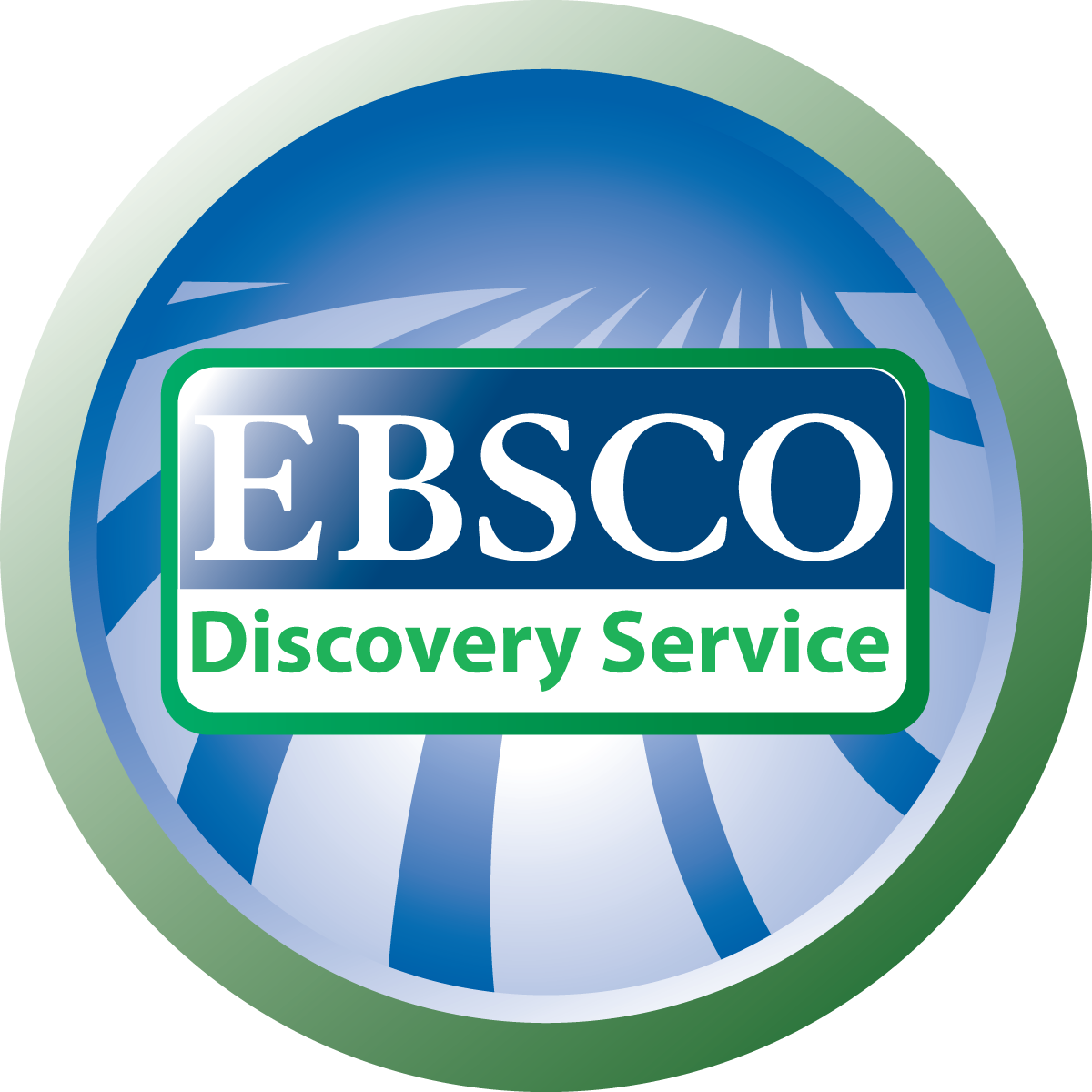¿Cómo se configuran las barreras y facilitadores para la adopción de un programa de educación digital en matemática luego de la pandemia?
DOI:
https://doi.org/10.34236/rpie.v17i22.503Palabras clave:
Actitud del docente, Innovación pedagógica, Educacion básica, Tecnología educacionalResumen
El presente estudio utiliza un enfoque cualitativo para explorar las barreras y facilitadores de la adopción del programa de educación digital en matemática, Conecta Ideas Perú (CIP), por parte de docentes en el contexto peruano post pandemia. A través de entrevistas semi-estructuradas en los años 2022 y 2023, se indagó en las experiencias de cuatro docentes de cuatro instituciones educativas públicas. Enmarcado en la Teoría Unificada de Aceptación y Uso de la Tecnología (UTAUT), se destaca que una de las principales barreras la persistente brecha de acceso a dispositivos e internet en las escuelas, así como la falta de gestión efectiva de la infraestructura tecnológica. Sin embargo, factores facilitadores, como la utilidad percibida del programa y la predisposición individual de algunos docentes hacia la tecnología, contribuyeron con la adopción de la plataforma. En conclusión, el estudio destaca la complejidad de la adopción tecnológica en el contexto educativo peruano post-pandemia y la importancia del liderazgo institucional, así como la necesidad de políticas educativas para una adopción efectiva de la tecnología en las prácticas pedaógicas.
Citas
Abbad, M.. (2021). Using the UTAUT model to understand students’ usage of e-learning systems in developing countries. Education and Information Technologies, 26(6), 7205–7224.
Aditya, B., & Permadi, A. (2018). Implementation of UTAUT model to understand the use of virtual classroom principle in higher education. Journal of Physics: Conference Series, 978, 012006.
Alyoussef, I. (2021). Factors Influencing Students’ Acceptance of M-Learning in Higher Education: An Application and Extension of the UTAUT Model. Electronics, 10(24), 3171.
Angrist, N., Aurino, E., Patrinos, H. A., Psacharopoulos, G., Vegas, E., Nordjo, R., & Wong, B. (2023). Improving Learning in Low- and Lower-Middle-Income Countries. Journal of Benefit-Cost Analysis, 14(S1), 1-26. https://doi.org/10.1017/bca.2023.26
Arias Ortiz, E., & Cristia, J. (2014, julio 9). The IDB and Technology in Education: How to Promote Effective Programs? https://doi.org/10.18235/0010691
Banco Mundial. (2022). The State of Global Learning Poverty: 2022 Update. https://repository.gheli.harvard.edu/repository/13998/
Cascante-Campos, A. (2023). Adopting and using geospatial technologies for teaching geography in Latin American higher education. Journal of Geography in Higher Education, 47(3), 467-484.
Consejo Nacional de Educación. (2022). Documento Presencialidad con cambios. Recomendaciones pedagógicas del II Encuentro Nacional de Educación. Consejo Nacional de Educación. https://www.gob.pe/institucion/cne/informes-publicaciones/3671323-docu
Cristia, J., Ibarrarán, P., Cueto, S., Santiago, A., & Severín, E. (2017). Technology and Child Development: Evidence from the One Laptop per Child Program. American Economic Journal: Applied Economics, 9(3), 295-320.
Davis, F. D. (1985). A technology acceptance model for empirically testing new end-user information systems: Theory and results [Thesis, Massachusetts Institute of Technology]. https://dspace.mit.edu/handle/1721.1/15192
Davis, F. D., Bagozzi, R. P., & Warshaw, P. R. (1992). Extrinsic and Intrinsic Motivation to Use Computers in the Workplace. Journal of Applied Social Psychology, 22(14), 1111-1132
El-Masri, M., & Tarhini, A. (2017). Factors affecting the adoption of e-learning systems in Qatar and USA: Extending the Unified Theory of Acceptance and Use of Technology 2 (UTAUT2). Educational Technology Research and Development, 65(3), 743-763.
Handoko, B. L. (2019). Application of UTAUT Theory in Higher Education Online Learning. Proceedings of the 2019 10th International Conference on E-Business, Management and Economics, 259-264
Hidalgo Cajo, B. G., & Gisbert Cervera, M. (2021). Diseño y validación de un instrumento para evaluar la adopción de la tecnología digital en el profesorado universitario. Campus Virtuales, 10(2), 51-67.
Khan, T., Kumar, A., Joshi Acharya, R., & Thomas, S. (2021). Influencing Factors of Behavior Intention and Actual Use of Technology: An Application of UTAUT Model on Science Undergraduates. Journal of Higher Education Theory and Practice, 21(13).
Lakhal, S., & Khechine, H. (2021). Technological factors of students’ persistence in online courses in higher education: The moderating role of gender, age and prior online course experience. Education and Information Technologies, 26(3), 3347-3373.
Ley, T., Tammets, K., Sarmiento-Márquez, E. M., Leoste, J., Hallik, M., & Poom-Valickis, K. (2022). Adopting technology in schools: Modelling, measuring and supporting knowledge appropriation. European Journal of Teacher Education, 45(4), 548-571.
Liebenberg, J., Benade, T., & Ellis, S. (2018). Acceptance of ICT: Applicability of the Unified Theory of Acceptance and Use of Technology (UTAUT) to South African Students. The African Journal of Information Systems, 10(3). https://digitalcommons.kennesaw.edu/ajis/vol10/iss3/1
Major, L., Francis, G. A., & Tsapali, M. (2021). The effectiveness of technology‐supported personalised learning in low‐ and middle‐income countries: A meta‐analysis. British Journal of Educational Technology, 52(5), 1935-1964
Minedu (2017). Currículo Nacional de la Educación Básica. https://www.minedu.gob.pe/curriculo/
Minedu. (2020). Minedu anuncia la compra de un primer lote de medio millón de tablets. https://www.gob.pe/institucion/minedu/noticias/294499-minedu-anuncia-la-compra-de-un-primer-lote-de-medio-millon-de-tablets
Minedu. (2023). ¿Qué aprendizajes logran nuestros estudiantes? Evaluación Muestral de Estudiantes 2022. https://repositorio.minedu.gob.pe/handle/20. 500.12799/9139
Mohamed, M. J., & Hassan, S. A. (2023). Studying the Factors that Influence the Adoption of Educational Technology in Mogadishu Secondary Schools Using UTAUT Model. International Journal of Information and Education Technology, 13(7), 1070-1077.
Momani, A. M. (2020). The Unified Theory of Acceptance and Use of Technology: A New Approach in Technology Acceptance. International Journal of Sociotechnology and Knowledge Development, 12(3), 79-98.
Nain, H. (2021). Understanding Students’ Behavioural Intentions to Use Social Media Learning in Education: A Utaut Model Approach. 2021 International Conference on Computational Performance Evaluation (ComPE), 256-261.
Niess, M. L. (2005). Preparing teachers to teach science and mathematics with technology: Developing a technology pedagogical content knowledge. Teaching and Teacher Education, 21(5), 509-523.
Ningsih, S. K., Habibi, A., & Sofwan, M. (2023). The Influence of the Unified Theory of Acceptance and Use of Technology (UTAUT) Model on the Application of Information and Communication Technology at Elementary Schools. Primary: Jurnal Pendidikan Guru Sekolah Dasar, 12(1), 190.
Padilla-Meléndez, A., del Águila-Obra, A. R., & Garrido-Moreno, A. (2013). Perceived playfulness, gender differences and technology acceptance model in a blended learning scenario. Computers & Education, 63, 306-317.
Park, C., Kim, D., Cho, S., & Han, H.-J. (2019). Adoption of multimedia technology for learning and gender difference. Computers in Human Behavior, 92, 288-296.
Patil, H., & Undale, S. (2023). Willingness of university students to continue using e-Learning platforms after compelled adoption of technology: Test of an extended UTAUT model. Education and Information Technologies, 28(11), 14943-14965.
Rogers, E. M., Singhal, A., & Quinlan, M. M. (2019). Diffusion of Innovations. En D. W. Stacks, M. B. Salwen, & K. C. Eichhorn (Eds.), An Integrated Approach to Communication Theory and Research (3a ed.) (pp. 415-434). Routledge.
Romrell, D., Kidder, L., & Wood, E. (2014). The SAMR Model as a Framework for Evaluating mLearning. Online Learning Journal, 18(2). https://www.learntechlib.org/p/183753/
Teo, T. (2011). Factors influencing teachers’ intention to use technology: Model development and test. Computers & Education, 57(4), 2432-2440.
Tiwari, M., Gupta, Y., Khan, F. M., & Adlakha, A. (2022). UTAUT3 model viability among teachers due to technological dynamism during COVID-19. Information Discovery and Delivery, 50(3), 245-259.
Venkatesh, M., Davis, & Davis. (2003). User Acceptance of Information Technology: Toward a Unified View. MIS Quarterly, 27(3), 425.
Venkatesh, V. (2022). Adoption and use of AI tools: A research agenda grounded in UTAUT. Annals of Operations Research, 308(1–2), 641-65
Publicado
Cómo citar
Número
Sección
Licencia
Derechos de autor 2024 Giulia Celi Giuffra / Santiago Cueto Caballero / Jessica Ivette Simon Valcárcel / Claudia Sugimaru

Esta obra está bajo una licencia internacional Creative Commons Atribución-NoComercial-SinDerivadas 4.0.











